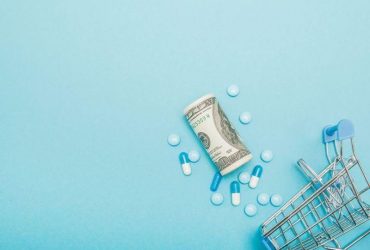Of these individuals, nearly three-quarters owe some money to hospitals
Number of Americans with medical debt on their credit reports fell by 8.2 million from 2020 to 2022
Ceiling prices for negotiation would have reduced Medicare prescription drug spending by ~5 percent if implemented from 2018 to 2020
Researchers suggest that federal pandemic relief programs may have helped patients make a dent in their medical bills
Predictors of emergency department avoidance include lower income, being uninsured, poor or fair mental/physical health, and younger age
Treatment-resistant depression episodes tied to more psychiatric comorbid conditions, health care utilization, self-harm, and all-cause mortality
No association seen between estimated R&D investments and treatment costs based on list prices at launch or net prices after one year
Risk factors for medical indebtedness include hospitalization, disability, high deductible, Medicare Advantage, and no insurance coverage
For 2018 compared with 2014, mean out-of-pocket cost of naloxone increased by 506 percent among uninsured patients
Under the law, Medicare will now be allowed to negotiate the cost of some drugs; vaccines will be free for Part D recipients









